|
The Canadian Film Fest (CFF) is an indie-spirited festival dedicated to celebrating Canadian filmmakers. The third edition of the festival begins Tuesday, March 22 and will run Tuesday to Saturday for two consecutive weeks, presenting ten feature films and 28 short films as part of the virtual festival experience. This year’s slate of compelling Canadian features and shorts includes 50% female and 40% BIPOC filmmakers.
The scars of family trauma are ones that never really go away. Instead, they are deeply embedded in daily life, difficult to simply get away from. For three brothers and their father, all subjects in Marie-Geneviève Chabot’s documentary Beneath the Surface, a getaway is their beacon of hope for healing. Stéphane, Jean-Pierre, Jérôme, and Laurent hope to find answers; they hope that a fishing trip with dad, who was absent from their childhood, would give them the isolation needed for reflection. Beneath the surface of this fishing trip, lives are entangled with deep regrets and clashing priorities. This is one family’s journey within nature to find what they lost years ago. While Beneath the Surface feels a little lost in its focus, the well-intentioned and heartfelt storytelling gives enough pause for one to reflect on what it means to be a family. Nature itself is both humbling and isolating. Spending time in nature calls on your vulnerable self, providing those moments of silence that can be hard to find elsewhere. But there is also a restlessness that rushes in when reality kicks in. It feels fitting that a fishing trip is the place where this family are attempting to reconcile; they each sit with their emotions, exposed as they are surrounded by nothing but water as far as the eye can see. The setting of this documentary makes the family’s story feel all the more vulnerable and confronting. With nowhere to run or hide, emotion takes center stage. It’s especially intriguing, as well as being relatable, to see the brothers navigate their way through years of hurt with a reluctance to share their feelings vocally. The weight of their presence with their father on the boat as well is enough to speak on the tensions bubbling between them. Marie-Geneviève Chabot doesn’t often veer away from the setting; her documentary sits with the family and lets conversation (or attempts at conversation) flow naturally. While centering the family conflict around a fishing trip draws from nature to heighten vulnerability, the structure of this documentary moves in circles trying to draw bits and pieces of insight from the family. There are certainly moments of powerful emotion bubbling beneath the surface. One of the brothers shares his fear of repeating patterns of abandonment on his own child, having felt the pain of abandonment from his father. Beyond everyone’s individual story, there’s a shared sentiment among the brothers that their children have a relationship with their grandfather, meanwhile the brothers themselves never did. When it comes to family trauma, the very meaning of the word ‘family’ is called into question. How painful it must be to reevaluate and foray into a world of silence, struggling to break through. Marie-Geneviève Chabot explores a lot of untapped emotions and history left to unpack, though in all that’s going on beneath the surface, her direction lacks a clear intention of what she wants to share about giving lens to this family. The documentary tends to sway more to perspective of the brothers’ father, whose defensiveness glosses over the validity of his sons’ experiences. After learning what the sons have kept bottled inside, it is startling to discover their father’s ability to change the channel of the past to move on. The swiftness of simply changing channels, while his sons are left with the ramifications of his absence, sheds light on just how differently people cope with the painful moments they wish not to remember. Beneath the Surface makes resonating conversation not just about lost time and the pain of never getting it back, but also the resilience with which the past gnaws at one’s soul. Beneath the Surface will screen at CFF on Thursday, March 31, 2022. Visit https://www.canfilmfest.ca/how-to-watch for more details. Follow along with CFF @CanFilmFest on Twitter/Instagram with the hashtags #CanFilmFest and #CanFilmFestOnSuperChannel.
0 Comments
The Canadian Film Fest (CFF) is an indie-spirited festival dedicated to celebrating Canadian filmmakers. The third edition of the festival begins Tuesday, March 22 and will run Tuesday to Saturday for two consecutive weeks, presenting ten feature films and 28 short films as part of the virtual festival experience. This year’s slate of compelling Canadian features and shorts includes 50% female and 40% BIPOC filmmakers.
As many of us know, the bond between grandchildren and their grandparents can be such a precious relationship. Having spent most of my childhood with my grandparents, all that time has cultivated a jewel box of memories which only become more meaningful as you age. Often the simplest of moments, just sitting at the dinner table together for instance, tease the shiniest glimmers of hope that somehow, you can go back in time and cherish the simplicity. The sentiment is shared in Kaitlyn Lee’s short film Not My Age, a simple-sounding story that finds resonating emotion through the looking glass of intergenerational bonds. One of 28 new shorts showcased in the Canadian Film Fest this year, Not My Age is a sweet reminder to live each day to the fullest. The story centers on a young-at-heart Korean Grandma who breaks her leg on a nightly adventure with her Granddaughter. From the perspective of a grandmother, the film invites an understanding of the restlessness in aging. The protagonist is reminded of time and the passing of it, but also that age is not a limit when it comes to capabilities. Kaitlyn Lee brings an instinctual, intuitive voice to this story. She follows the emotions of the story, all the feelings from what is left unsaid between the two characters in her film. Maki Yi and Jennifer Cheon both deliver great performances that embody the sweet relationship between grandmother and granddaughter. They evoke a relatable dynamic of the youngest wanting to be more mature, while the oldest has a more rebellious spirit and wants to embody a youthful spirit. Lee draws this dynamic from the grandmother breaking her leg, which is a resonating way of conveying the way physical change can put things into perspective and create more wistfulness for the way things were if that change never happened. Also evocative is the title, Not My Age. A reminder not to utilize age as a determinant factor for what makes people who they are, how they feel, what they are capable of. The film carries a desire of understanding the intergenerational bond between a grandmother and her granddaughter, how the gaps between them can grow closer over time. As well, it’s a refreshing perspective in the coming-of-age genre. Rather than portray the younger character as rebellious or reckless, Lee focuses on the grandmother’s rebellion and ponders on the notion of aging. So often in films, older women are depicted as joyless, “buzzkills” who ruin all the fun, essentially not fully rounded human beings who can be everything at once. Lee brings a more-than-welcome different perspective and shows a character who is far more interesting. Not My Age is a thoughtful, sweet story with a bright glow of promise for filmmaker Kaitlyn Lee. Not My Age will screen with the feature film ‘Beneath the Surface’ at CFF on Thursday March 31, 2022. Visit https://www.canfilmfest.ca/how-to-watch for more details. Follow along with CFF @CanFilmFest on Twitter/Instagram with the hashtags #CanFilmFest and #CanFilmFestOnSuperChannel. Zoë Kravitz and Robert Pattinson in The Batman (2022) In the sprawling canon of superhero films, Batman and Gotham City have always stood out in terms of the characters and world-building. Among the peaks and plateaus of nocturnal interpretations over the years, writer-director Matt Reeves’ The Batman feels like the most invigorating in a very long time. It’s a fantastical gothic detective story that unscrambles characters and themes with great precision. A fantastic ensemble of actors compliment one another as clues to a bigger picture developing. With glimmers of hope, The Batman dusts off familiar pieces of Gotham’s bleak puzzle to start anew, as a riveting awakening story and a definitive film for its title character. In this story, Batman uncovers corruption in Gotham City that connects to his own family while facing a serial killer known as the Riddler. Each chilling coded note left behind brings Batman closer to the bigger picture the Riddler has been envisioning. The unscrambling of messages, the lurking through evidence, Bruce Wayne going through dusty file folders and choppy surveillance videos…The Batman plays a little like a great 90s detective mystery. The film maintains that tone throughout, each new clue offering another reveal and shedding light on more characters entangled within the festering morals in Gotham City. With the Batman in particular, a director’s take on the character carries just as much weight as their take on Gotham, which is itself another character. The most striking element about Reeves’ depiction of Gotham, is the sense of unease in the veins of those who reside there. The level of mistrust in broken institutions, and that energy the characters give off, feeds into the visual decay and corruption of the city. It’s of course expectedly gloomy and dark, but the production design opens a portal of so much detail, creating something both fantastical and contemporary. The Batman’s production design carries occasional reminders of what Bo Welch was able to do with Tim Burton’s Batman Returns. Reeves’ film paints a gorgeously gothic picture of Gotham that feels real in the characters. Speaking of characters, Robert Pattinson makes a fabulous Batman. He’s a fascinatingly conflicted Bruce Wayne who hasn’t yet reached the comfortability of presenting a suave, polished version to the public. Pattison is an equally interesting Batman; from voice to presence, wonderful work. He so convincingly treads the waters of an inner world split in two. Bruce Wayne’s discomfort with fame by association pushes him farther into nocturnal retreat, where the Batman steps into the shadows and commands the direction. What is interesting about this depiction of Batman is the character’s confrontation with his meaning; what does he symbolize in Gotham? Is vengeance the way to go? The film conveys Batman in a state of slumber; he’s on the brink of an awakening, the realization of just how damaged Gotham is and how deep that cut runs in his own spirit. The screenplay by Matt Reeves does a super job of following these threads like detective work; the more Batman uncovers from the Riddler, the more this search steers Batman to look inward and question why it seems to be that perhaps the Riddler would not exist without him. The psychology of Bruce Wayne/Batman takes a strong central role in Reeves’ film. Robert Pattinson in The Batman (2022) Zoë Kravitz in The Batman (2022) The Batman has amassed a talented ensemble to fill orbiting characters in Gotham. Zoë Kravitz’s rendition of Selina Kyle is a magnetic force. From the moment she appears on screen, she exudes mystery and invites an excitement of learning more about her character, and ultimately her reveal as Catwoman. Selina’s intelligence and independence, plus the way she follows her intuition and stands in her own capabilities, gives Kravitz strong material to explore. She certainly makes the character her own, she’s the Catwoman of dreams. As well, Kravitz and Pattinson ooze chemistry. It is striking how devoid so many blockbusters have been of electric chemistry on screen, and these two absolutely deliver. The film draws an interesting relationship sparking between both characters; they have a push-pull magnetism where Selina’s search for justice and revenge takes her on a dangerous path; one that Batman can foresee leading to a point of no return if she acts on that revenge. The cat and the bat segment are among the strongest of the film. The quadruple talents of Paul Dano as the Riddler, Jeffrey Wright as Lt. Gordon, John Turturro as Carmine Falcone, and Colin Farrell as Oz/Penguin is a treat to watch. Dano has been delivering consistently good work, and his interpretation of the Riddler is another gem in his career. A performance that builds on teases (each of which are so unsettling) reaches a climatic point in the third act, clinching everything Dano had been doing to get there. His Riddler is absolutely demented; he’s a chilling menace, and when finally face-to-face with Batman, Dano unleashes all hell. Among the supporting cast, Jeffrey Wright is a big standout. He’s been fantastic in everything for years, and gives a fab performance as Lt. Gordon. Just from watching his chemistry with Pattinson, the crux of the relationship between Gordon and Bruce is sensed right away. Another standout, and fine example of great casting, is John Turturro as mobster Falcone. Turturro’s magnetic presence as an actor is key for this character to jump out and elevate every scene. Then there is Colin Farrell, whose talents are used in a much more cartoonish way. Not a trace of Farrell can be seen in Oz, known also as the Penguin. But as heavy as the makeup and styling clearly is, Farrell’s transformation shines just by the voice and cadence of this character alone. The makeup isn’t doing all the heavy lifting to the point where the performance gets lost. Farrell tailors the physicality instead, the clamminess and the lines on Oz’s face giving another dimension to a character consumed in corruption. Farrell gives a spirited performance that goes cartoon Italian mobster in an enjoyable way. Among the weaker elements of the ensemble are Bruce Wayne’s loyal confidante Alfred. While Andy Serkis is great, something is left missing in that dynamic between the two characters. As well, the buildup to Alfred in danger and the handling of the aftermath feels like a messy element in otherwise precise storytelling. The characters of The Batman are complimented by Greig Fraser’s stunning cinematography and James Chinlund’s intricate production design. The film brings a strong depiction of Batman as a presence; the weight of his image in shadows, stepping into the light, is chilling. The use of lighting and play on shadows is strong throughout. There are plenty of memorable scenes, immaculately orchestrated moments that leave a giddiness behind. The cherry on top is Michael Giacchino’s outstanding melancholy score. It’s suspenseful and brooding, gothic and elevating, with fantastic horror elements sprinkled throughout. Batman's theme carries so much weight, a great mirroring to the character work being done in the film. Giacchino's suite is an incredible blend of mystery and suspense.
By the end of Matt Reeves’ The Batman brings a powerful sense of awakening in Bruce Wayne, in the history of his family lineage and in his relationship to Batman. At the core of this film is Batman in confrontation with the meaning of his place in Gotham, in contemplation with whether vengeance is the answer to the rot of this city. With compelling performances by Pattinson and Kravitz, plus an overall entertaining ensemble who bring their A game to Gotham, The Batman puts in the detective work to craft one of the most engaging and distinguishing comic book films. The Batman is now playing in theatres. Sebastian Stan and Daisy Edgar-Jones in Fresh (2022) The stomach-churning horror stories that have emerged from dating app experiences are more than enough to fuel the frustration of meeting someone in today’s culture. Visibly frustrated is how Mimi Cave’s directorial feature debut Fresh introduces its protagonist Noa (Daisy Edgar-Jones). After a horrible, horrible first date, Noa is fed up with the online dating world…the texting, the awkwardness, the perfect projection. Just when she’s nearly giving up on all the swiping, Noa meets Steve (Sebastian Stan) in the produce section of a grocery store. On the surface, he ticks the seemingly charming boxes. She takes a chance on a refreshing meet-cute and gives him her number. Caught in a whirlwind after their first date, he surprises her with weekend getaway plans at his place…in the middle of nowhere. The obligatory ‘lone car driving down a winding road through cottage country’ horror shot suggests a scenic route to Noa’s impending doom. With a twisted opening credits reveal 30 minutes in, Fresh takes an unsettling turn into queasy and darkly comic territory. All the while, trying to tackle the disturbing subject matter of viewing women as commodities. Mimi Cave puts her own distinct stamp on Fresh. Weaving together elements of horror, dark comedy, and rom-com, Cave draws interesting analogies from the concept of bad online dating experiences. Not just to point out how awful they can be. But on a more interesting level, to spark conversation about the capitalization of modern dating, and the countless dating apps making a profit from filtering based on what bodies are considered more valuable than others. Noa (Edgar-Jones) feels stuck after years of being alone; at what point does she let go of her hopefulness in finding a connection outside of such a tech-dependent culture? Fresh meets her throwing caution to the wind at the first man who walks into her (real) life, his lack of social media a red flag given how much value is placed on having an online presence. Yet at the same time, it’s considered refreshing and a change of pace for the awful experiences Noa had before. The first 30 minutes of Fresh play as a rom-com with a sinister undertone, and piece by piece, Cave begins to deconstruct this too-good-to-be-true guy who shows up out of nowhere, just when Noa is losing all hope. Fresh off her remarkable performance as Marianne in Normal People, Daisy Edgar-Jones thankfully has the talent to lift the way her character Noa is written. Jones brings an unwavering commitment to the film’s tone and maintains a strong connection throughout. Wonderful and spirited as she is, especially considering the duality she brings in the second half of Fresh, Noa isn’t as well written a character as hoped for. When the story takes its twists and turns, it’s more apparent not much time was spent getting to know this character during the introductory world-building. The film feeds into a detached portrayal of Noa, where she’s more of a playing piece in a board game than a multi-layered person. Perhaps this shift is Cave’s way of showing a loss of agency in these unfortunate trappings, but even so, there does feel to be a missed opportunity in not spending more time with Noa’s inner voice. Steve is the more fleshed out character of the two leads, and Sebastian Stan takes up the opportunity with a psychotic performance. He balances on a thin line of awkwardly charming, enough to stand out but not too much to drive people away. This energy he gives to the ‘rom-com’ part of the film never feels innocent. He brings subtle undertones of bullshit to the person he projects to Noa, and then the performance becomes unlike anything the actor has done before: creepy to a hellish degree. Stan has strong chemistry with Edgar-Jones; they leave the viewer tense in anticipation for what the other one does next. Though there’s more material given to the character of Steve, generally the character development in Fresh does feel as though key ingredients are missing. The story incorporates more of Steve’s point of view, the duality of his world, and slowly abandons the duality of Noa’s that the film promisingly starts with. Faring worse, the supporting roles and particularly roles of colour, feel more like tropes than human beings. Especially Noa’s BFF Mollie; Jojo T. Gibbs is excellent but her talent is undermined by stereotypical sidekick writing.
The screenplay by Lauryn Kahn doesn’t have the consistent energy of Mimi Cave’s direction. Cave’s haunting visualization and persistent closeups, often depicting pieces of characters’ faces as though highlighting most valuable parts, bring an interesting style to how scenes are shot. As well the frequent use of red in the production design, lighting, and costume design adds to the hellscape that is the majority of this film. It’s discomforting to watch at times, not just due to some gruesomeness, but also the ‘popified’ sequences that turn an unsettling scene into something out of a crazy 80s music video. The needle drops in Fresh add to Cave’s more campy dark comedy approach. Cave looks for ways to visualize conversation surrounding how women are viewed as pieces of meat, that so much value is placed on women’s appearances. Given how tech-dependent today’s dating culture is, certain body types/specific features are viewed as deal breakers and indicators of how far one advances to a first date, the next stage, and so on. Cave brings a ferociousness to the subject matter in terms of how certain scenes are shot. But the screenplay doesn’t quite match that hunger, leaving a lot of interesting themes to float on the surface but aren’t worked into strong enough allegories to have a more emotional impact. Spirited, committed performances by Daisy Edgar-Jones and Sebastian Stan make Fresh engaging to watch. Edgar-Jones especially has such an inherently lovable quality, it’s immediate to feel her frustration and stay connected to her at all times. The story itself benefits from knowing as little about the plot points as possible. While its impact doesn’t feel as clever as perhaps intended, it’s a compelling and exciting feature debut for Mimi Cave. Fresh is well-acted and entertaining to watch, though not without leaving a bad taste afterwards when the dating nightmares are over. Fresh drops March 4th on Disney+. |
Archives
April 2024
Categories |

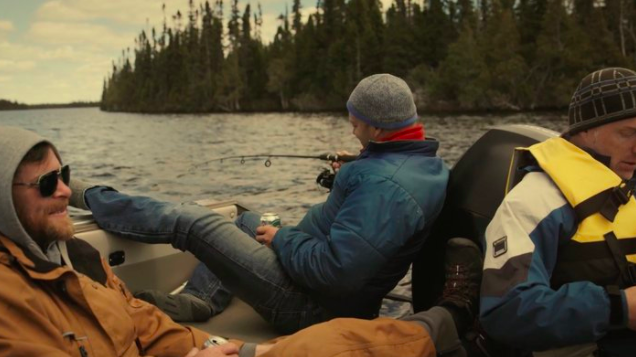
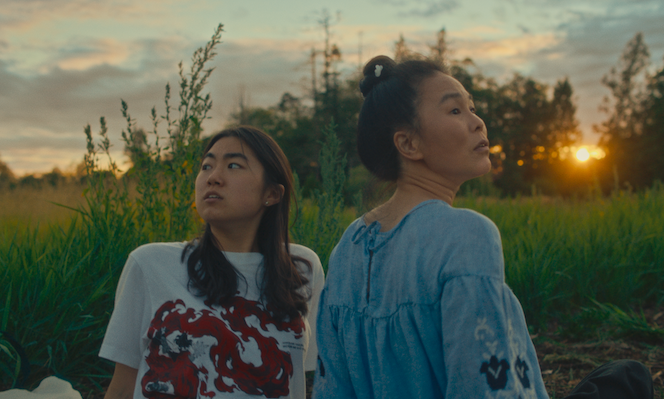
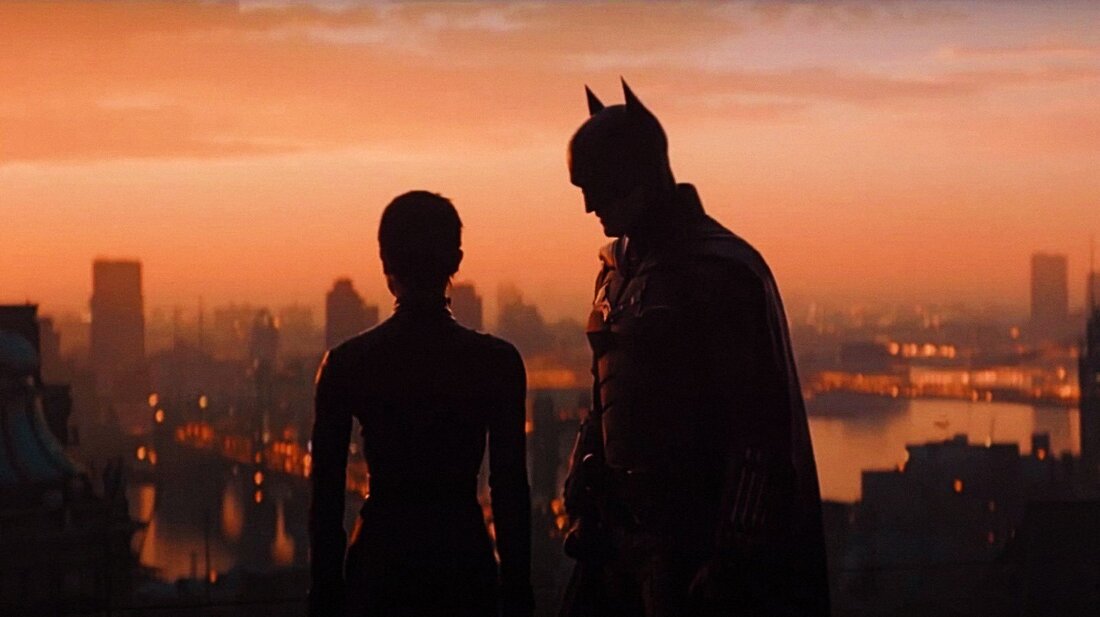
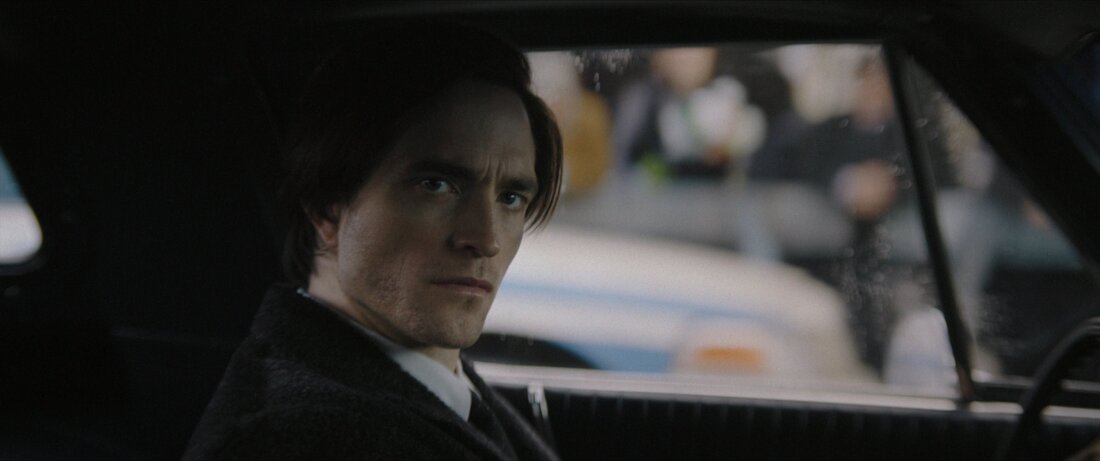
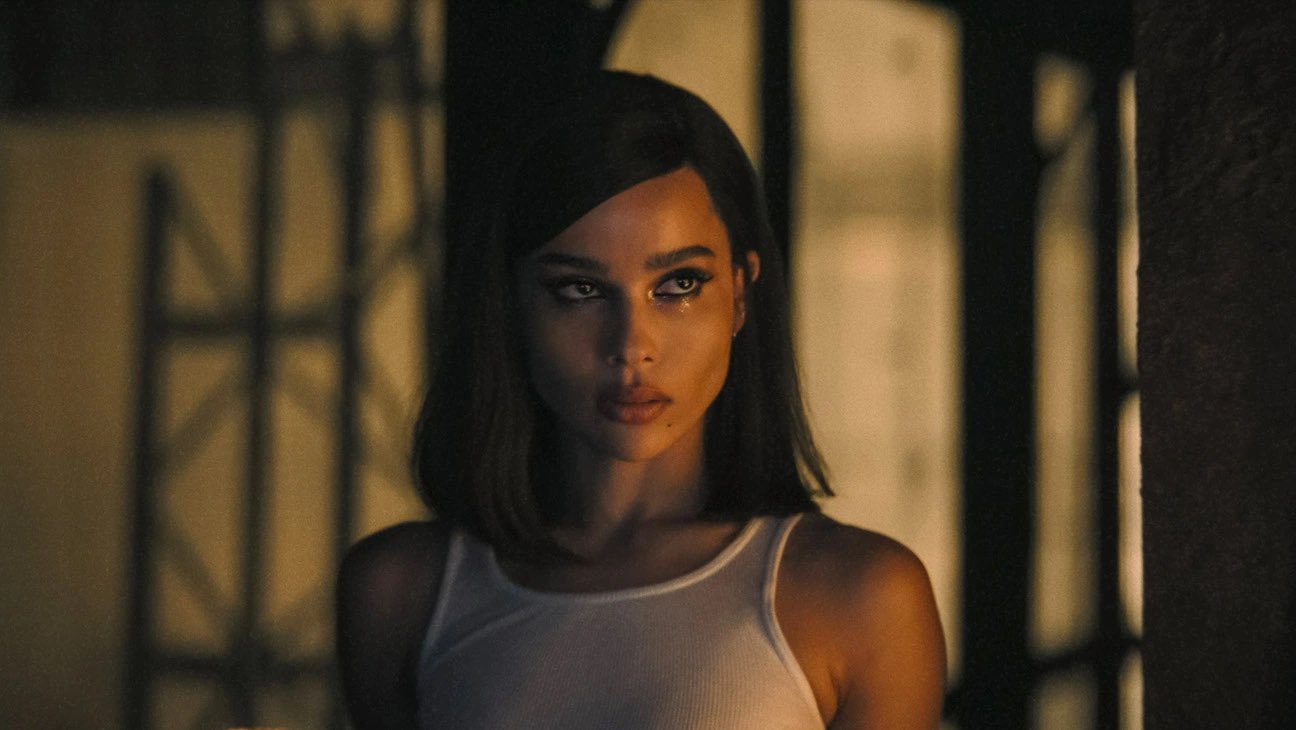
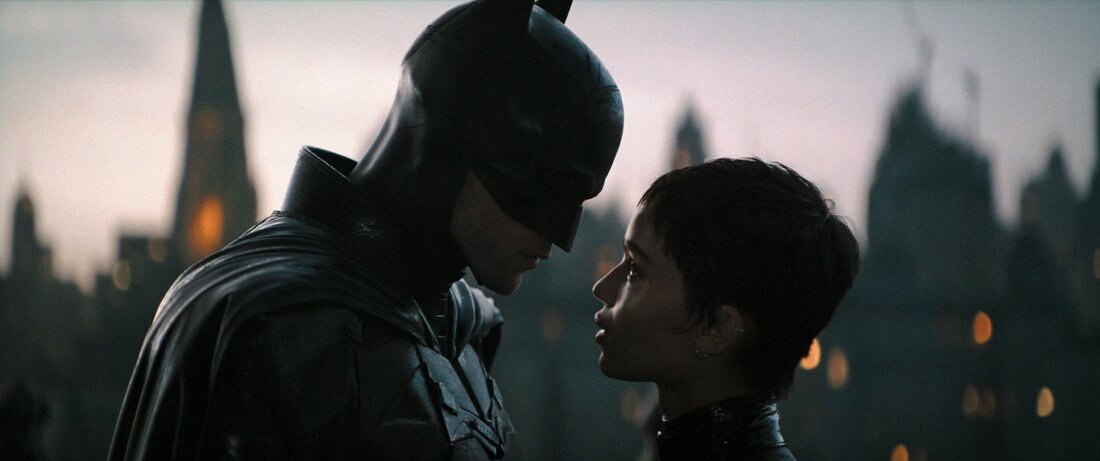
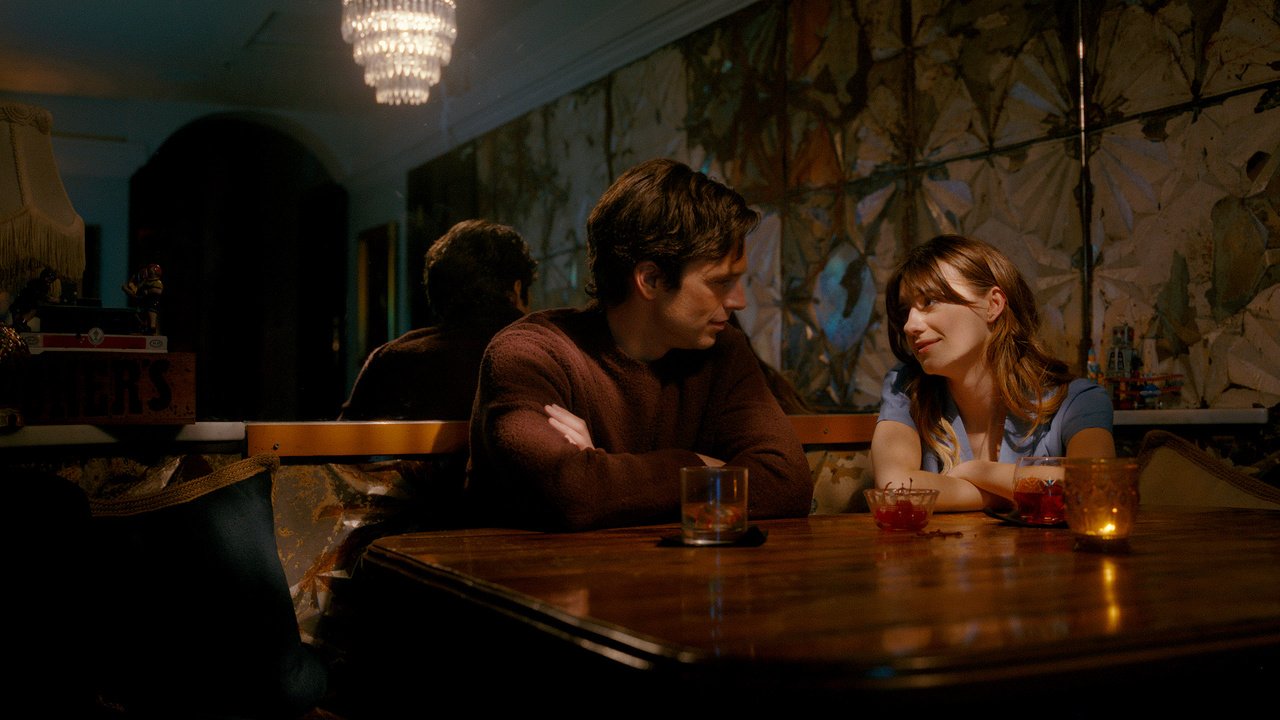
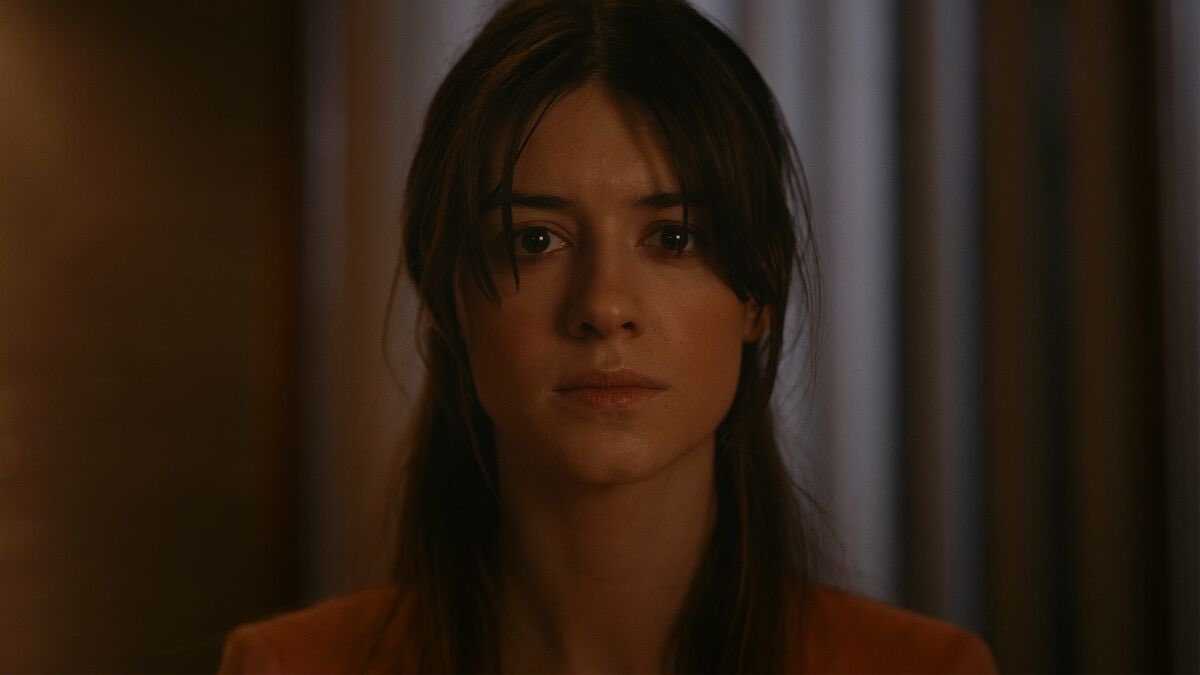
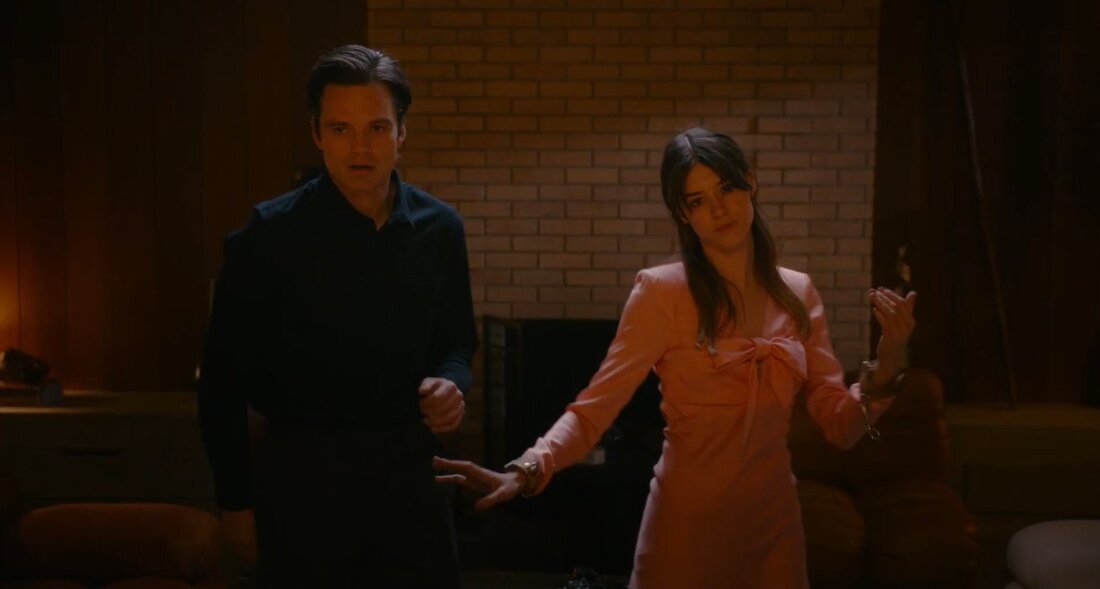
 RSS Feed
RSS Feed